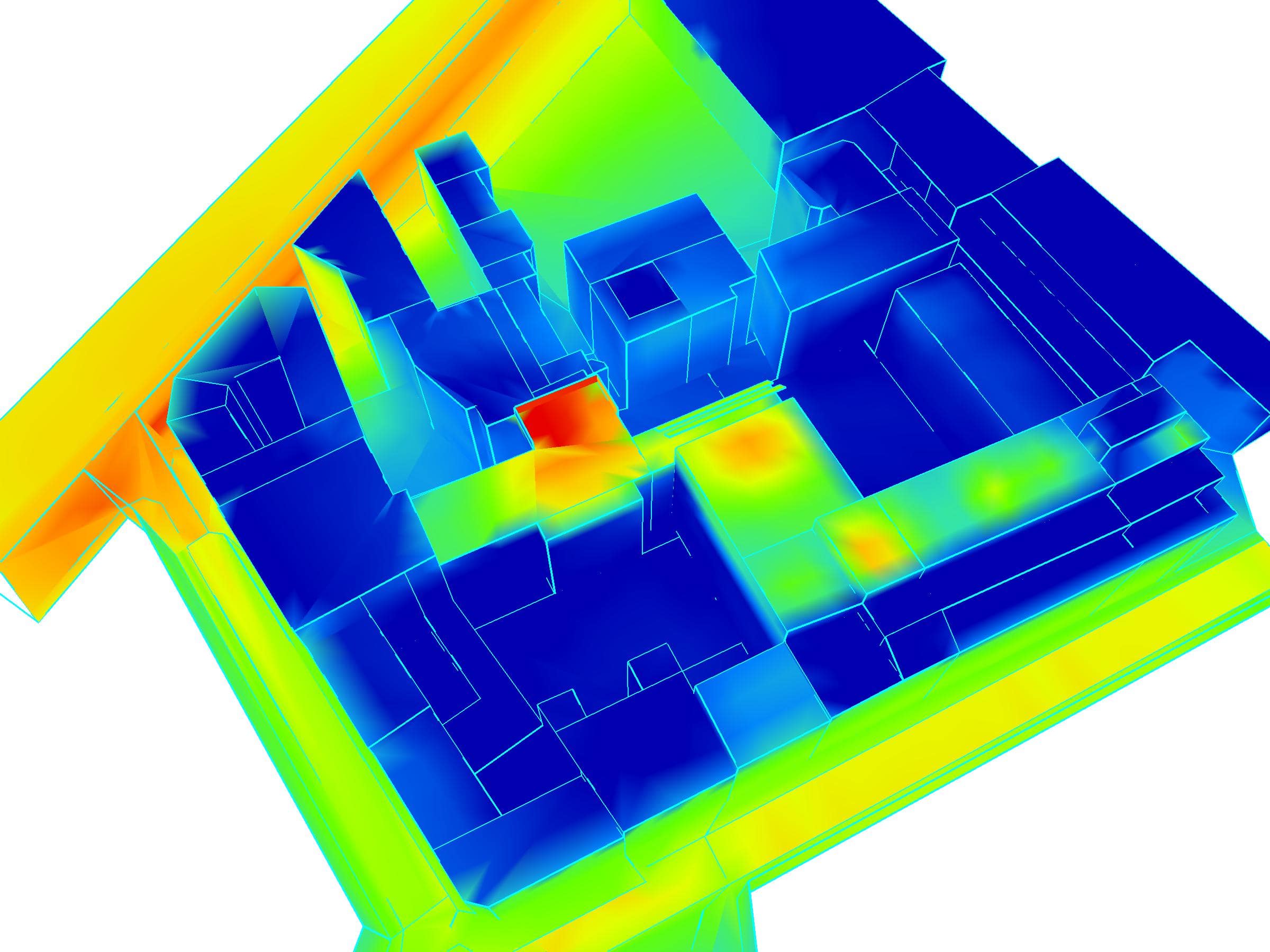In 2024, the rehabilitation of the Institut Curie as an occupied site will be completed. This renovation in a dense urban planning aims to rebuild the conventional and outpatient hospitalization, consultation and administrative services, the imaging and nuclear medicine center and the logistics sector.
The acoustic firm Tisseyre + Associés has developed a joint working methodology with the architect. Indeed, our 4D digital soundscape modeling tool in the future state of completion, the BIMAE®, is an essential work support for close collaboration with architects and urban planners at all stages of the project. The modeling takes into account the noise of transport, technical equipment and the noise of human activities throughout a day based on a database in order to avoid depending on the intrinsic variability of the soundscapes than simple measures do not integrate. The 4D cartography of the BIMAE® allows a joint study of the internal and external functions of the projects and the visualization of the sound propagation at the foot, in the facade and around a building. Thus, we were able to anticipate, optimize and integrate the acoustic solutions within the architecture of the project.
Environmental acoustic mission
Within the framework of the regulations, the sound level linked to the activity of a building cannot emerge in relation to the levels of the pre-existing soundscape. Thanks to BIMAE®, we have established the criteria for maximum permissible sound levels day and night on the one hand, and modeled the soundscape in the future state of completion on the other. This map served as a basis for working with the architect in order to identify the points of acoustic tension and to propose integrated solutions from the first stages of the project. The noise from the technical equipment on the roof exceeds the criteria for maximum acceptable sound levels in the future state of completion, which is why we have designed an absorbing acoustic screen.
Management of noise pollution during construction
The management of site noise encounters a double constraint in this operation. On the one hand, the density of urban planning increases the risk of noise and vibration pollution for the neighbours. On the other hand, the rehabilitation site must not disturb the activities of the hospital in operation either. However, by modeling the noise pollution of the construction site according to each type of intervention, the BIMAE® meets these constraints. Indeed, it facilitates communication with local residents by placing the noise impact of the construction site in the context of the existing landscape and optimizes the schedule accordingly to reduce nuisance. Furthermore, if the noise impact of the construction site is too great, the BIMAE® can be used to size optimized acoustic protection solutions.






